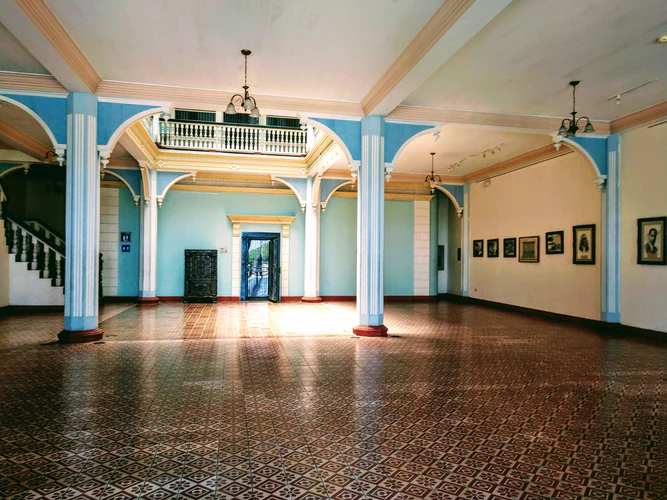
When building or restoring a house, it is essential that you first plan the details correctly. You must choose your materials wisely and pick what is best for you and your home. Consider how it will look, the cost of the materials, and the installation fees, not to mention the maintenance.
There are important questions you need to ask yourself first. How long will it last before you need to replace it with a new one? Do you want to go for wood? Maybe you’re planning to install concrete floors and walls? Will it be polished? Or will it be stained?
Your options are endless. However, when choosing between stained and polished concretes, you should always go for the one that will benefit you the most.
Both polished and stained concrete is durable and water-resistant. Both options are also pet friendly. Although they have similarities, they are also different in many ways. In terms of cost, appearance, and maintenance, these two have their pros and cons. Let us examine these three important elements that every homeowner should consider.
Polished concrete is more expensive than stained concrete, since installing polished concrete requires more equipment. The installation also takes a long time to complete. Polished concrete is suitable for high-wear areas, such as commercial and office spaces. However, more homeowners opt for this material despite the cost because of its advantages.
If you already have existing concrete floors or walls, you can choose to have it polished or stained without entirely changing it. This option will help you save tons of money. If you have a concrete slab that has been lying around and ready for staining or polishing, you can use it as a countertop on your kitchen island.
In terms of appearance, many people think that stained concrete looks better than polished concrete. Both have a shiny finish, but appearance-wise, stained concrete wins this round. To many, polished concretes are dull and bland, while stained concretes have many designs that you can choose from.
Stained concretes can be made from acid or water-based stains to concrete dye and integral color. These variations give design to concrete that provides life and color to your flooring or walls.
Staining a concrete will also make your floor or walls aesthetically pleasing and adds to the overall theme of your space. Stained concrete can make your countertop appear like it’s made of marble or granite at a much cheaper cost.
However, it’s important to note that imperfections on stained concrete are more visible. Staining alone won’t cover up cracks or damages on the concrete. Instead, it will only make those imperfections more noticeable. Hence, you have to make sure that your concrete is in good condition before applying any staining method.

Maintenance in both stained and polished concrete also varies. Polished concrete is easier to maintain compared to stained concrete. When you polish concrete, it closes all the pores, which helps it endure moisture and staining. A daily cleaning routine with a concrete polisher, a wet mop, or a broom will suffice.
Stained concrete, on the other hand, needs both daily and yearly maintenance. Clear coats and waxes should be reapplied every time the coatings wear, which is typically within a year from applying it. This makes it more costly compared to polished concrete.
Both have a long lifespan, though. Installers guarantee 20 years for polished concrete, or even more with proper care and maintenance. For stained concrete, the concrete itself will last up to a hundred years, but the stain will wear over-time. That is why regular reapplication of coat and wax is necessary.
For outdoor installations, stained concrete might be your only option since polished concretes are not meant for outdoor use. When planning to stain concrete for outdoor installation, make sure that you are using an outdoor stain so it can resist elements that might damage it.
Aside from the three factors mentioned, there are more things to consider. This isn’t just about whether your concrete is polished or stained, but for the concrete itself.
Concretes are hard and cold, and in freezing weather, it will make your house colder. You will also need a steady distribution of heat from your heating system since concrete does not retain heat well.
You can install a floor heating system to help reduce the coldness concrete adds throughout your house. Though rugs and carpets are one way of neutralizing the concrete, it will only cover your polished/stained finished floor.
Both polished and stained concrete can be the right choice for you, but it will depend on your wants and needs. If you want a more minimalist look, go for the polished concrete. However, if you prefer a more sophisticated design, opt for the stained concrete. The best choice is the one that will complement the overall concept of your home.